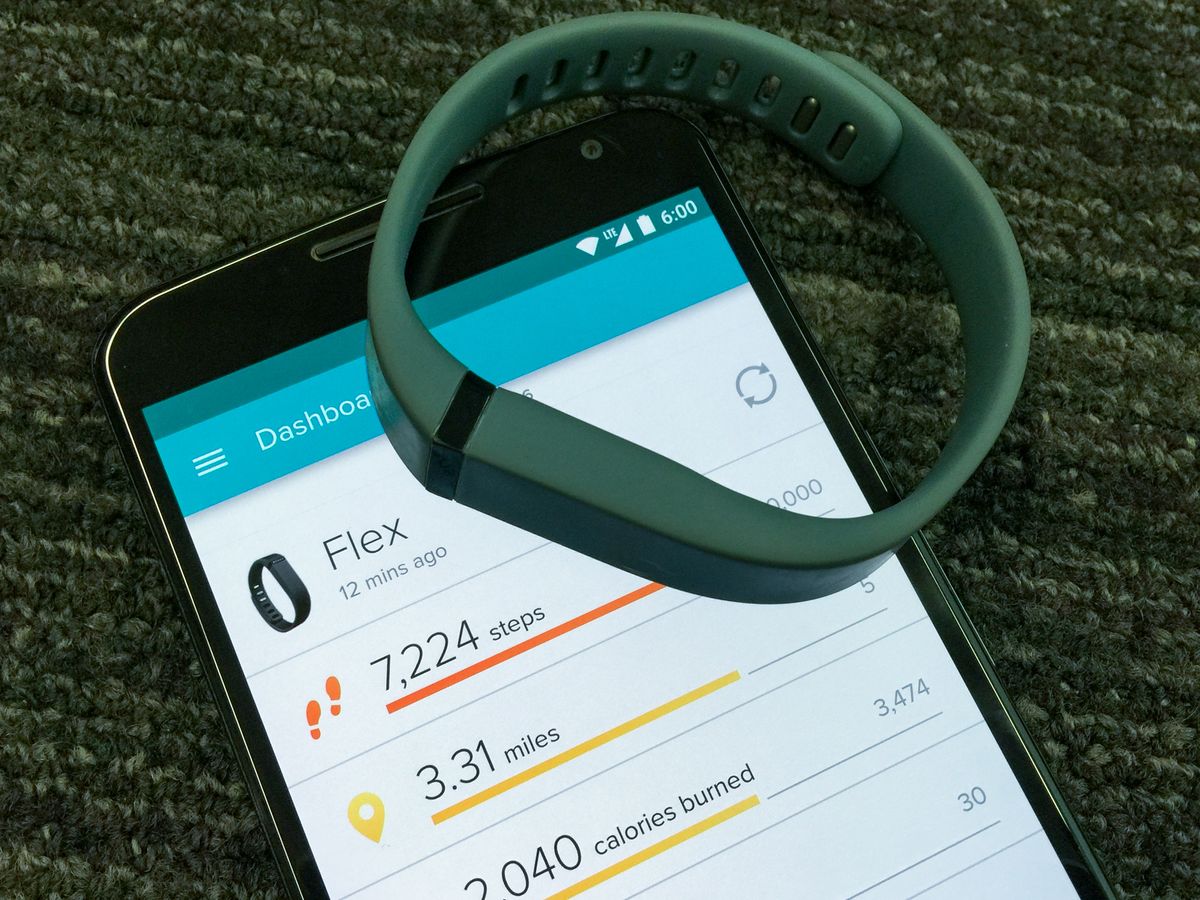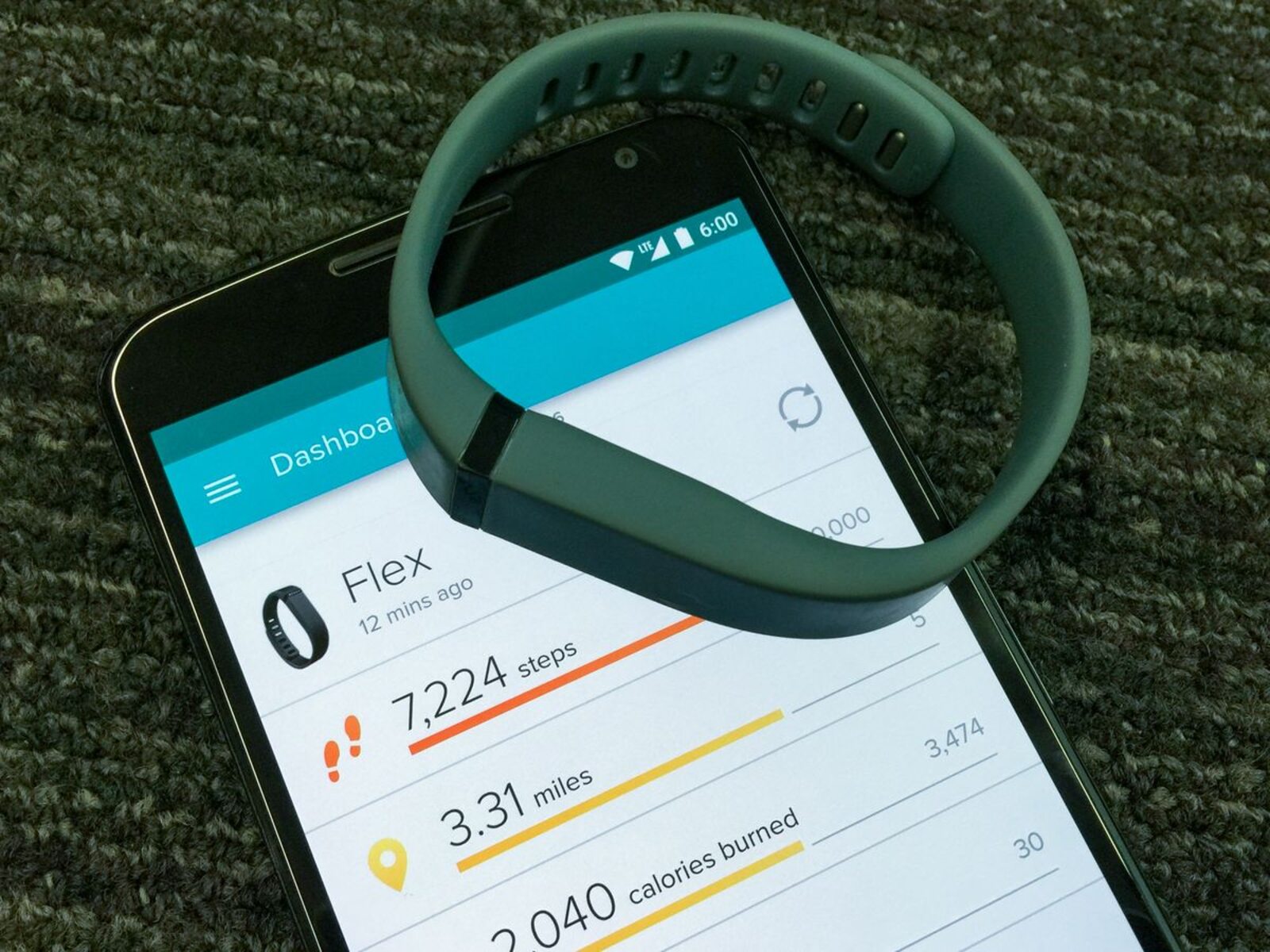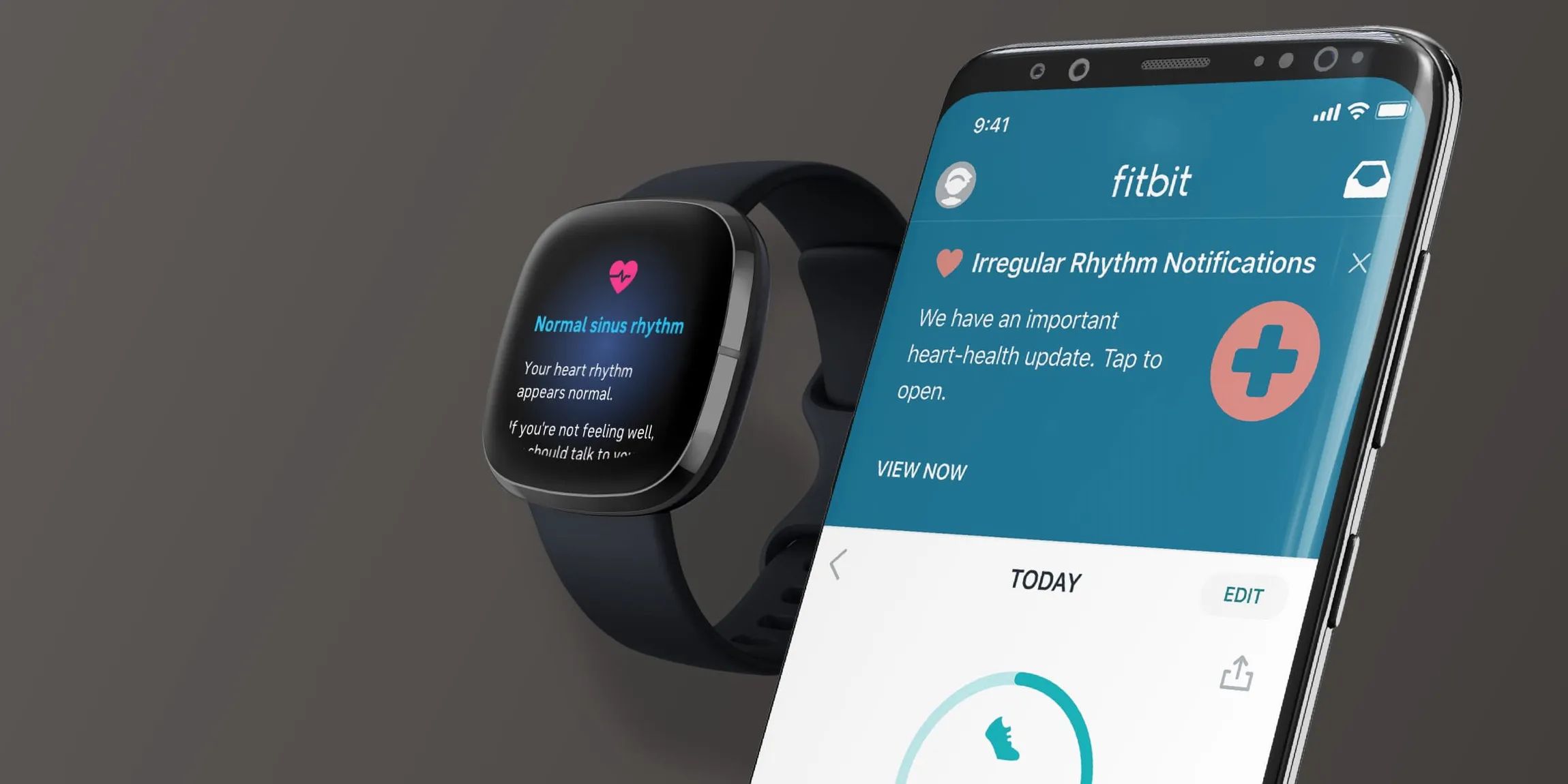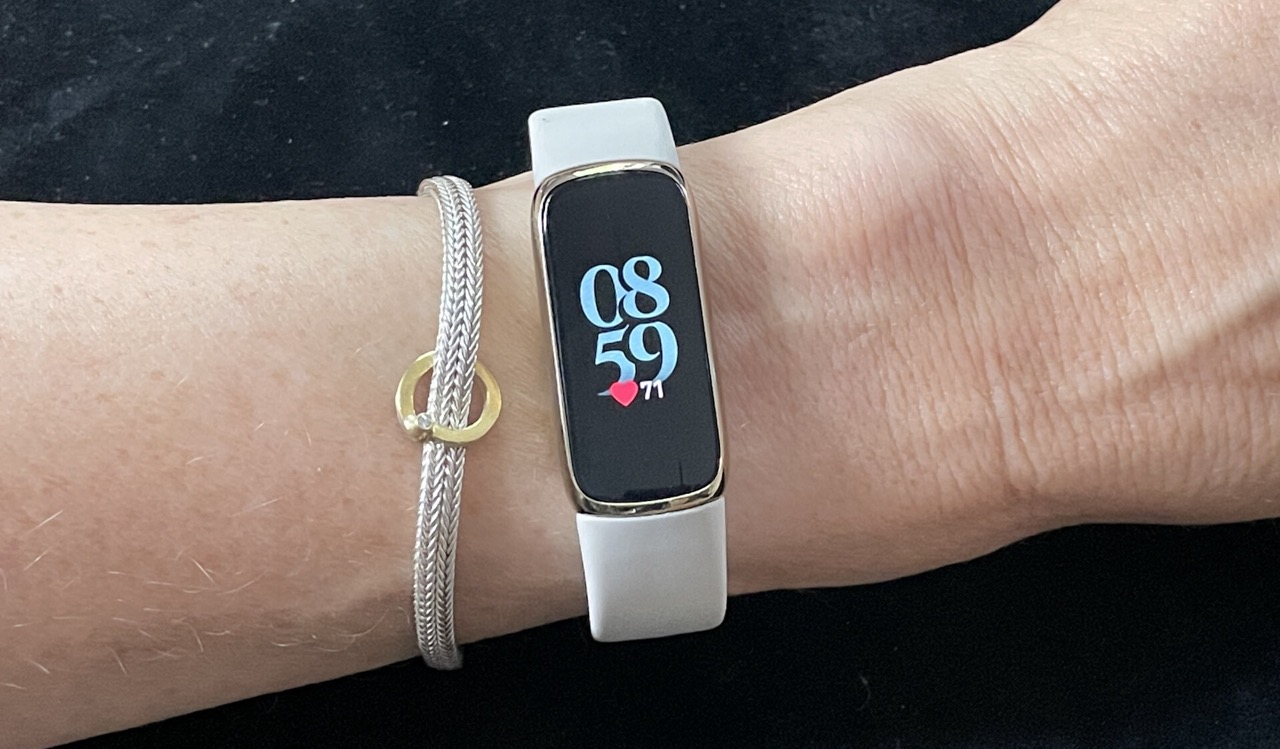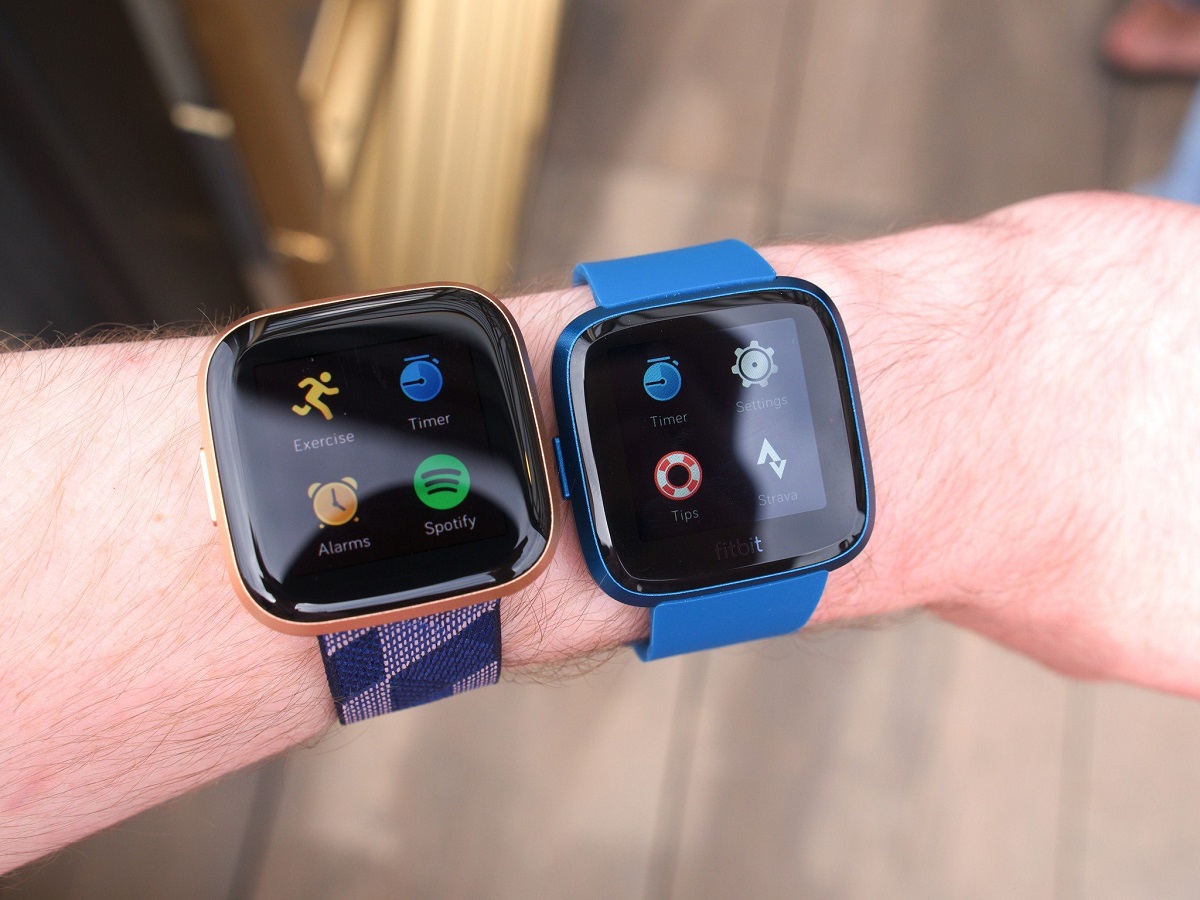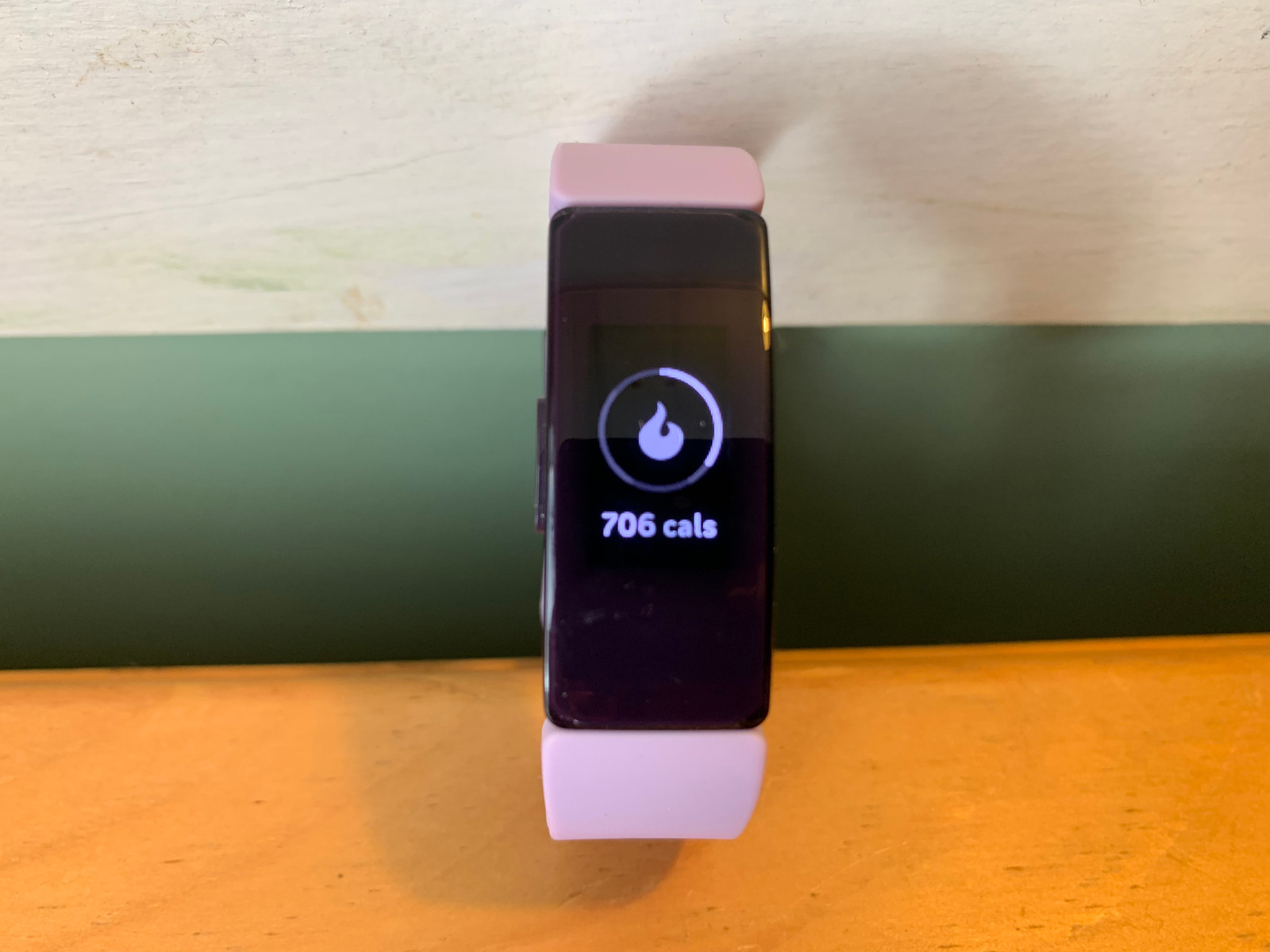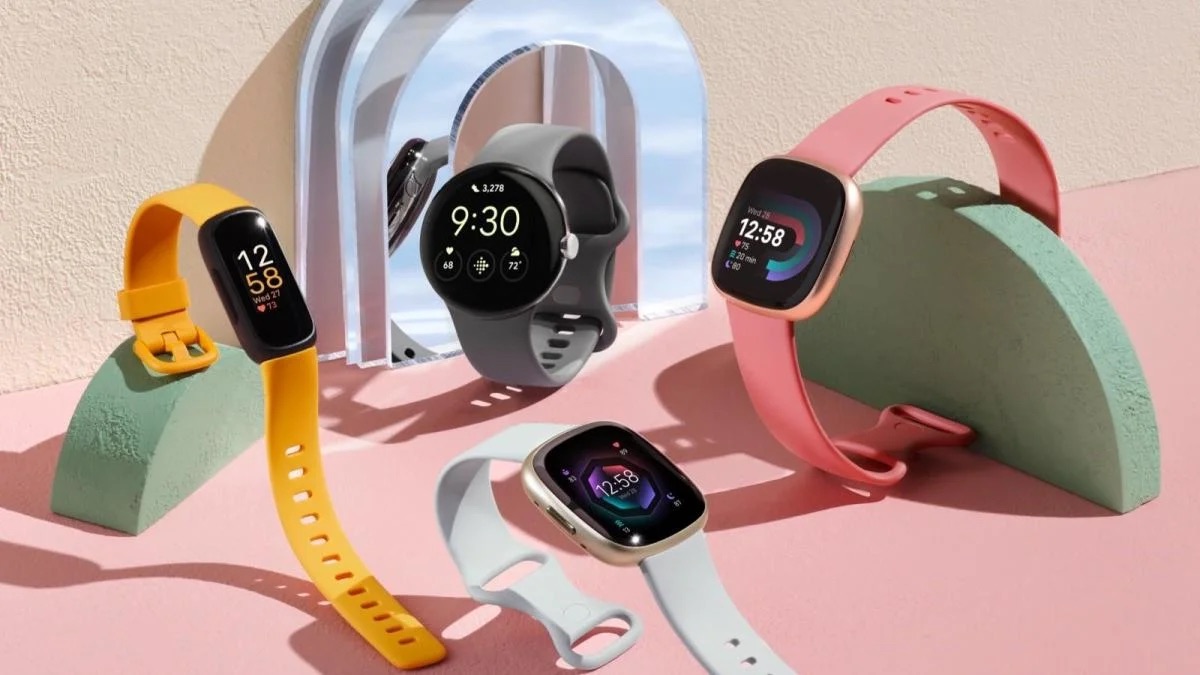Introduction
Wearable technology has revolutionized the way we approach fitness and health monitoring. Among the leading brands in this space is Fitbit, renowned for its innovative activity trackers and smartwatches. The Fitbit app serves as a central hub for users, allowing them to sync their devices, track their progress, and set personalized health and fitness goals. However, there may come a time when users need to uninstall the Fitbit app from their smartphones. This could be due to various reasons, such as transitioning to a different fitness platform, troubleshooting technical issues, or simply decluttering their device.
In this comprehensive guide, we will delve into the process of uninstalling the Fitbit app from both Android and iOS devices. Additionally, we will explore the necessary steps to take after the app has been removed, ensuring a seamless transition and the preservation of valuable fitness data. Whether you're a seasoned Fitbit user or someone considering a change in their fitness tracking routine, understanding the uninstallation process and its implications is crucial.
As wearables continue to evolve and integrate into our daily lives, it's important for users to have a clear understanding of how to manage the associated apps effectively. By empowering users with the knowledge to navigate app removal and its aftermath, we aim to streamline the experience of incorporating wearable technology into their lifestyle. So, let's embark on this journey to uncover the ins and outs of uninstalling the Fitbit app and the subsequent steps to optimize your wearable technology usage.
Why Uninstall the Fitbit App?
The decision to uninstall the Fitbit app may arise from various circumstances, each warranting a thoughtful consideration of the implications. Here are some compelling reasons why users might opt to remove the Fitbit app from their smartphones:
-
Transitioning to a Different Fitness Platform: As the wearable technology market expands, users may explore alternative fitness tracking solutions that better align with their evolving needs. Whether it's switching to a different brand of wearable device or adopting a new comprehensive health and fitness app, the decision to uninstall the Fitbit app marks a pivotal moment in this transition.
-
Technical Troubleshooting: In some instances, users may encounter technical issues or performance discrepancies with the Fitbit app. These could range from synchronization problems with the wearable device to app crashes or compatibility issues with the smartphone's operating system. When troubleshooting efforts prove futile, the uninstallation of the Fitbit app becomes a viable course of action to address these challenges effectively.
-
Device Storage Management: With the proliferation of apps vying for space on smartphones, users often find themselves grappling with limited storage capacity. In such scenarios, the removal of apps that are no longer integral to their daily routine becomes a strategic move to optimize device storage and streamline its performance. Uninstalling the Fitbit app may be part of this decluttering process, especially if users have transitioned to a different fitness tracking system.
-
Privacy and Data Concerns: The growing emphasis on data privacy and security prompts users to reassess the apps they have installed on their devices. Uninstalling the Fitbit app may be driven by a desire to mitigate data collection or to reassess the sharing of personal health and fitness information. This decision underscores the significance of empowering users to make informed choices regarding the apps they entrust with their sensitive data.
-
Lifestyle Changes: As users' fitness routines and lifestyle preferences evolve, their reliance on specific apps may shift accordingly. Whether it's a change in workout regimen, fitness goals, or overall wellness approach, the uninstallation of the Fitbit app may align with these transformative lifestyle adjustments.
Understanding the diverse motivations behind uninstalling the Fitbit app illuminates the dynamic relationship between users and wearable technology. By recognizing the multifaceted nature of this decision, users can navigate the app removal process with clarity and purpose, ensuring a seamless transition in their fitness tracking journey.
How to Uninstall the Fitbit App on Android
Uninstalling the Fitbit app from your Android device is a straightforward process that can be accomplished in a few simple steps. Whether you're transitioning to a different fitness platform, troubleshooting technical issues, or optimizing device storage, removing the Fitbit app can be done with ease. Here's a comprehensive guide to walk you through the uninstallation process on Android:
Step 1: Locate the Fitbit App
Begin by navigating to your Android device's home screen or app drawer. Look for the Fitbit app icon, which typically features the recognizable Fitbit logo. Once located, proceed to the next step.
Step 2: Long-Press the Fitbit App Icon
Press and hold the Fitbit app icon until a menu or options list appears on the screen. This action will prompt the device to enter the app management mode, allowing you to modify or uninstall the app.
Step 3: Select "Uninstall" or "App Info"
Upon long-pressing the Fitbit app icon, a series of options will be displayed. Look for the "Uninstall" option or an "App Info" button, which will redirect you to the detailed information page for the Fitbit app.
Step 4: Confirm Uninstallation
If you selected the "Uninstall" option in the previous step, a prompt will appear, asking you to confirm the uninstallation of the Fitbit app. Review the prompt to ensure that you are uninstalling the correct app, and proceed with the confirmation.
Step 5: Uninstall the Fitbit App
Once the uninstallation is confirmed, the Android device will proceed to remove the Fitbit app from its system. This process may take a few moments, depending on the device's speed and the size of the app.
Step 6: Verify Uninstallation
After the Fitbit app has been uninstalled, it's advisable to verify its removal from your device. Return to the home screen or app drawer and confirm that the Fitbit app icon is no longer present, indicating the successful uninstallation.
By following these steps, you can seamlessly uninstall the Fitbit app from your Android device, paving the way for a smooth transition, troubleshooting resolution, or storage optimization. Once the app has been removed, you may consider exploring alternative fitness platforms or taking the necessary steps to safeguard your fitness data and preferences. With a clear understanding of the uninstallation process, users can confidently manage their wearable technology apps in alignment with their evolving needs and preferences.
How to Uninstall the Fitbit App on iOS
Uninstalling the Fitbit app from your iOS device is a simple and efficient process that allows you to seamlessly manage your wearable technology ecosystem. Whether you're transitioning to a different fitness platform, troubleshooting technical issues, or optimizing device storage, removing the Fitbit app can be accomplished with ease. Here's a comprehensive guide to walk you through the uninstallation process on iOS:
Step 1: Locate the Fitbit App
Begin by navigating to your iOS device's home screen. Look for the Fitbit app icon, which features the distinctive Fitbit logo. Once located, proceed to the next step.
Step 2: Long-Press the Fitbit App Icon
Press and hold the Fitbit app icon until it starts to jiggle, and an "X" appears at the top left corner of the icon. This action indicates that the device has entered the app management mode, allowing you to modify or uninstall the app.
Step 3: Tap the "X" on the Fitbit App Icon
Once the "X" appears on the Fitbit app icon, tap on it. A confirmation dialog will appear, asking if you want to delete the Fitbit app.
Step 4: Confirm Uninstallation
Tap "Delete" on the confirmation dialog to confirm the uninstallation of the Fitbit app. This action will initiate the removal process.
Step 5: Verify Uninstallation
After confirming the uninstallation, the Fitbit app will be removed from your iOS device. You can verify its removal by returning to the home screen and ensuring that the Fitbit app icon is no longer present.
By following these straightforward steps, you can effectively uninstall the Fitbit app from your iOS device, facilitating a seamless transition, troubleshooting resolution, or storage optimization. Once the app has been removed, you may consider exploring alternative fitness platforms or taking the necessary steps to safeguard your fitness data and preferences. With a clear understanding of the uninstallation process, users can confidently manage their wearable technology apps in alignment with their evolving needs and preferences.
This uncomplicated process empowers users to seamlessly adapt their wearable technology ecosystem to align with their evolving fitness and lifestyle preferences, ensuring a seamless and personalized experience.
What to Do After Uninstalling the Fitbit App
After uninstalling the Fitbit app, it's essential to consider the next steps to ensure a smooth transition and the preservation of your valuable fitness data. Here are some important actions to take following the removal of the Fitbit app:
1. Data Backup and Migration
If you've been using the Fitbit app to track your fitness activities and monitor your health metrics, it's crucial to safeguard your data. Before uninstalling the app, ensure that your fitness and health data is backed up or synced to your Fitbit account. This will prevent the loss of valuable information and allow for a seamless transition to a new fitness platform or app. If you plan to switch to a different fitness tracking solution, explore the data migration options available to transfer your historical fitness records and preferences.
2. Explore Alternative Fitness Platforms
With the Fitbit app uninstalled, take the opportunity to explore alternative fitness platforms and health tracking apps that align with your wellness goals. Research and evaluate different options to find a platform that offers the features and functionalities you value most. Whether it's exploring a new wearable device ecosystem or testing out comprehensive health and fitness apps, this phase presents an opportunity to discover innovative solutions that cater to your evolving needs.
3. Reassess Health and Fitness Goals
Uninstalling the Fitbit app can serve as a catalyst for reassessing your health and fitness goals. Take a moment to reflect on your wellness journey and consider any adjustments or refinements to your objectives. This introspective process can help you realign your fitness strategy with your current lifestyle and aspirations, ensuring that your health and wellness pursuits remain purposeful and fulfilling.
4. Secure Your Fitness Data
As you transition away from the Fitbit app, prioritize the security of your fitness data. Review the data management and privacy settings on your Fitbit account to ensure that your personal health information is appropriately secured. If you've migrated to a new fitness platform, familiarize yourself with its data privacy policies and security measures to maintain the confidentiality of your health data.
5. Share Your Experience
Consider sharing your experience of transitioning away from the Fitbit app with the fitness community. Whether through online forums, social media platforms, or fitness groups, your insights and learnings can benefit others who may be contemplating a similar transition. By sharing your journey, you contribute to the collective knowledge of the fitness community and provide valuable perspectives on managing wearable technology and fitness apps.
By taking these proactive steps after uninstalling the Fitbit app, you can effectively navigate the transition process and optimize your fitness tracking experience. Embracing new opportunities, safeguarding your fitness data, and refining your wellness goals are pivotal in maximizing the benefits of wearable technology and health tracking apps.
Conclusion
In the dynamic landscape of wearable technology and fitness tracking, the decision to uninstall the Fitbit app represents a significant juncture for users. Whether driven by the pursuit of alternative fitness platforms, technical troubleshooting, or lifestyle adjustments, the act of removing the Fitbit app necessitates thoughtful consideration and proactive measures. As users navigate this transition, it's essential to recognize the multifaceted nature of this decision and its implications for their fitness tracking journey.
Uninstallation of the Fitbit app marks a pivotal moment for users to realign their wearable technology ecosystem with their evolving needs and preferences. By understanding the diverse motivations behind this decision, users can approach the app removal process with clarity and purpose, ensuring a seamless transition in their fitness tracking journey. This process empowers users to seamlessly adapt their wearable technology ecosystem to align with their evolving fitness and lifestyle preferences, ensuring a seamless and personalized experience.
Furthermore, the post-uninstallation phase presents an opportunity for users to explore alternative fitness platforms, reassess their health and fitness goals, and safeguard their fitness data. By taking proactive steps such as data backup, exploration of alternative platforms, and privacy considerations, users can effectively navigate the transition process and optimize their fitness tracking experience.
As wearable technology continues to evolve, users are encouraged to embrace new opportunities, share their experiences, and contribute to the collective knowledge of the fitness community. By doing so, users not only enhance their own fitness tracking journey but also enrich the experiences of others who may be embarking on similar transitions.
In conclusion, the uninstallation of the Fitbit app signifies a transformative phase in users' engagement with wearable technology and fitness tracking. By approaching this process with informed decision-making and proactive measures, users can seamlessly adapt to new fitness platforms, refine their wellness goals, and safeguard their valuable fitness data. This approach fosters a holistic and empowering relationship with wearable technology, ensuring that users derive maximum benefit from their health and fitness tracking endeavors.







